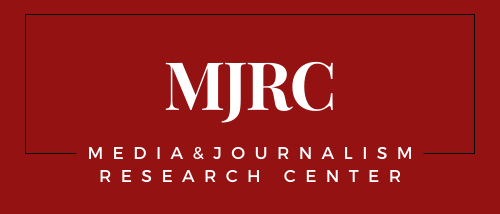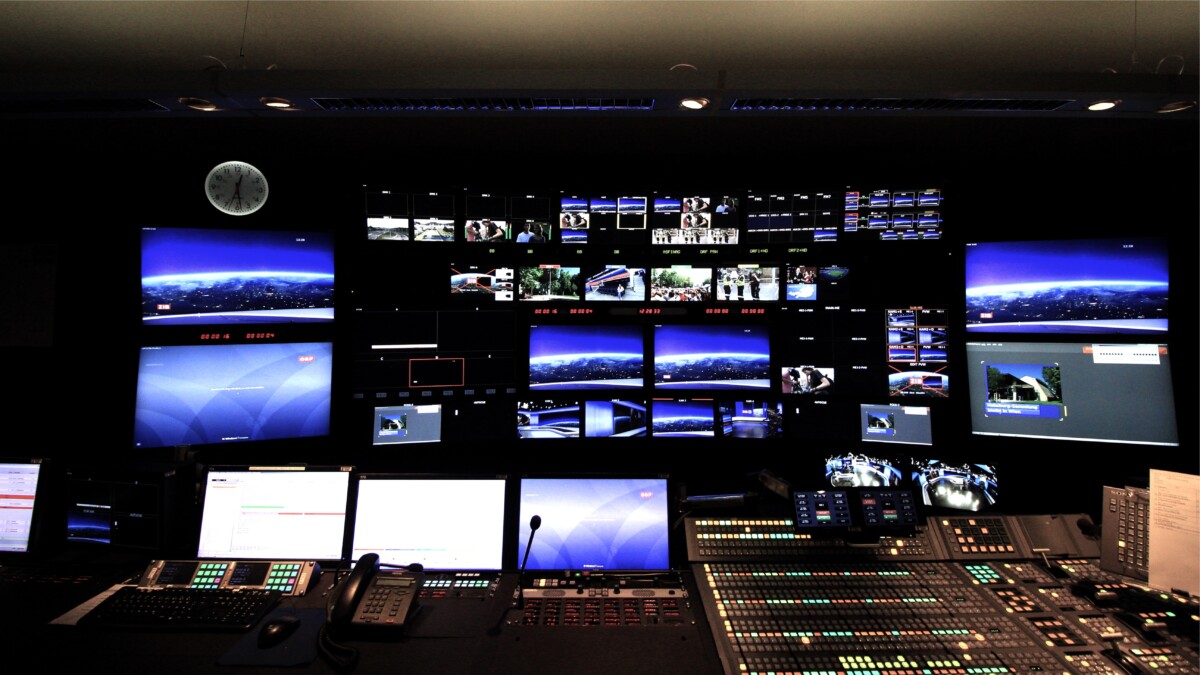The State of State Media. A Global Analysis of the Editorial Independence of State Media Based on the State Media Matrix (2022 edition)
More than 84% of the world’s state media are government-controlled, according to a new report from the Media and Journalism Research Center issued today.
The government control over the state media remained extremely high in the past year, according to data gathered using our State Media Matrix and published in a new report today. Some 84% of the 595 state-administered media entities in 157 countries covered by this report lack editorial independence, up from 80% last year.
Worryingly, in the past year, more state media outlets lost their independence. A total of nine media entities, in countries such as Armenia, Tunisia and Jordan, lost their editorial autonomy, being relegated to an inferior model in the Matrix. Equally concerning, the situation of state media worsened in already highly-controlled media environments in Eurasia, MENA region and Asia, a result of global geopolitical developments and events such as the Russian invasion of Ukraine, the Taliban takeover of political power in Afghanistan, and political instability in Yemen and Tunisia. In Asia and MENA, the state-controlled type of media outlet accounts for 74% and 63% of all their state media, respectively.
No state media company gained editorial independence within the past year. Overall, we have 102 state media that have editorial independence, of which only 19 qualify as independent public service media (the model with the highest level of independence in all areas). Most of these independent public media, a total of 12 outlets, are based in Europe, and most of the independent public media in Europe, a total of eight, are based in six Western European countries (Austria, Germany, Sweden, Switzerland, UK, and the Netherlands).
On the other hand, the situation has not improved in Europe, either and state media in the region are faced with numerous threats as governments and political groups are stepping up efforts to gain more control of the media. Moreover, Europe is faced with a high incidence of cases of captured media outlets, 32 in total, more than a third of all such cases worldwide. A total of 21 of them are media outlets with private ownership, mostly oligarchic structures that have ties with state authorities and that follow an editorial line ostensibly supportive of the government. The number of these outlets is only increasing, with newly founded outlets in Poland, Serbia, and Slovenia.
See the full report here.
To cite the report:
Marius Dragomir, & Astrid Söderström. (2022). The State of State Media. A Global Analysis of the Editorial Independence of State Media Based on the State Media Matrix (2022 edition). Media and Journalism Research Center: Tallinn/London
Detailed data about state media on State Media Monitor.
Photo by Frederic Koeberl on Unsplash
Invest in independent media research and join a community of practice.
Your contribution supports MJRC’s investigations and global analysis. As a supporter, you can receive early access to new findings, invitations to small-group briefings, inclusion in our Supporters Circle updates, and the option to be listed on our Supporters Page.
Contribute to MJRC
